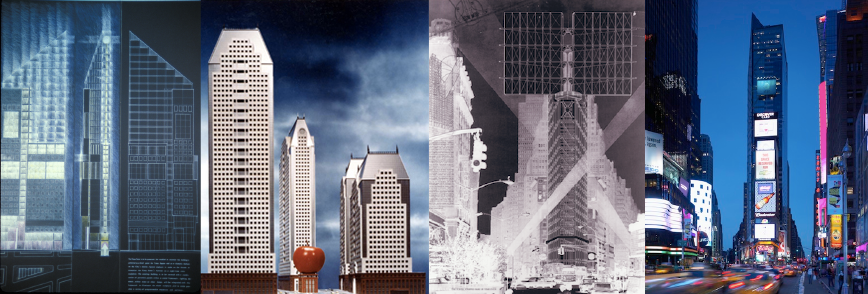The Skyscraper Museum is devoted to the study of high-rise building, past, present, and future. The Museum explores tall buildings as objects of design, products of technology, sites of construction, investments in real estate, and places of work and residence. This site will look better in a browser that supports web standards, but it is accessible to any browser or Internet device.
TIMES SQUARE REVISITED: Urban Planning and Urban Design
How Today's Times Square Was Encoded in the Eighties
Speakers: Carl Weisbrod, Herbert Sturz, Alexander Cooper, Hugh Hardy & Lynne B. Sagalyn.
SEPTEMBER 30, 2014 6:30-8:00
The Center for Architecture, 536 LaGuardia Pl.
This program was presented in collaboration with the AIANY's Planning & Urban Design Committee.
In the 1980s, the multiple arenas of architectural debate, public protests, and civic engagement changed the trajectory of government-guided plans for a new Times Square. Criticism of the matched set of Postmodern mega-towers designed by Philip Johnson and John Burgee sparked an ideas competition to re-imagine the site of the original Times Tower, then slated for demolition. Preservationists and actors organized against the further loss of historic theaters and advocated maintaining the bright lights of Broadway through mandatory signage. The zoning law was amended.
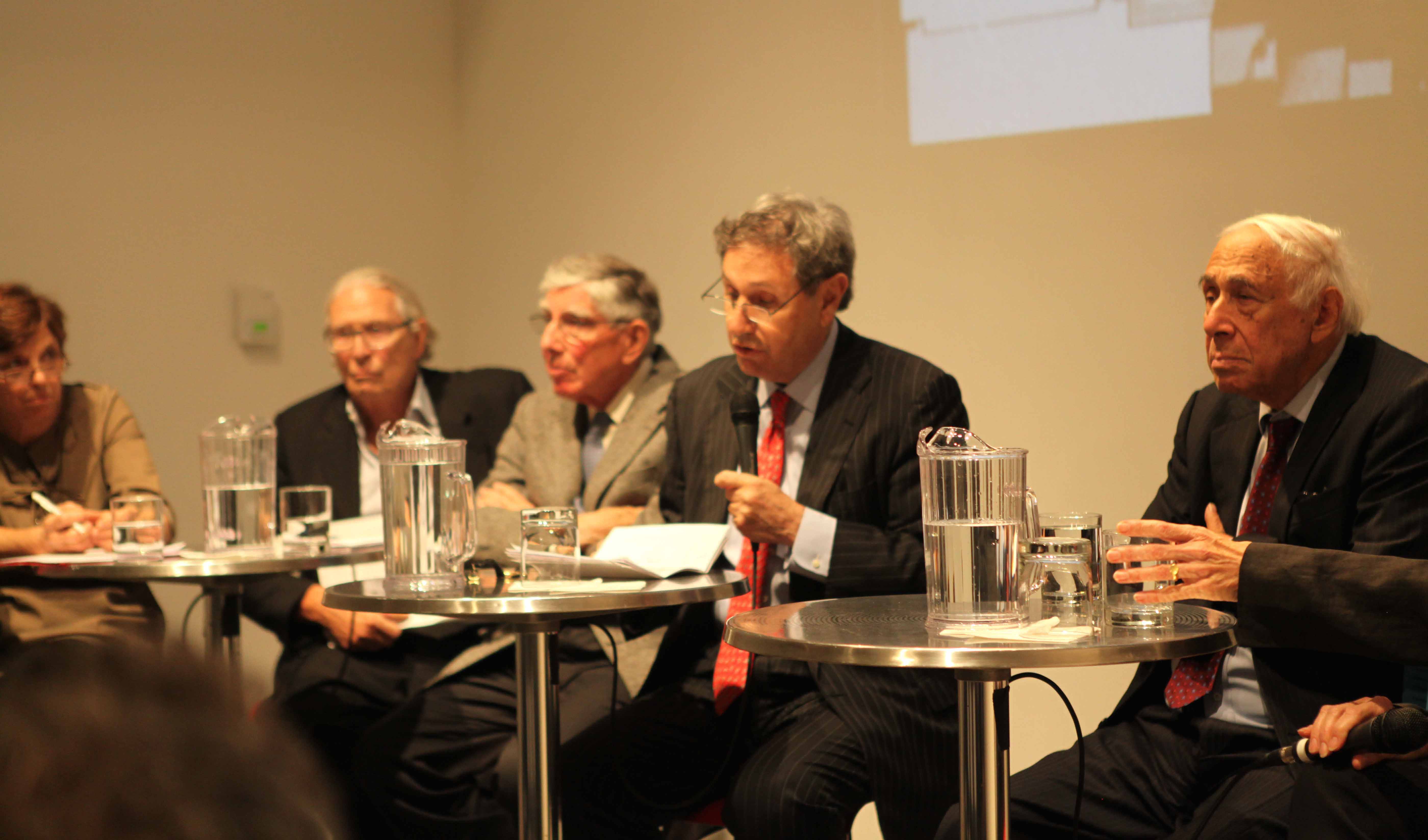
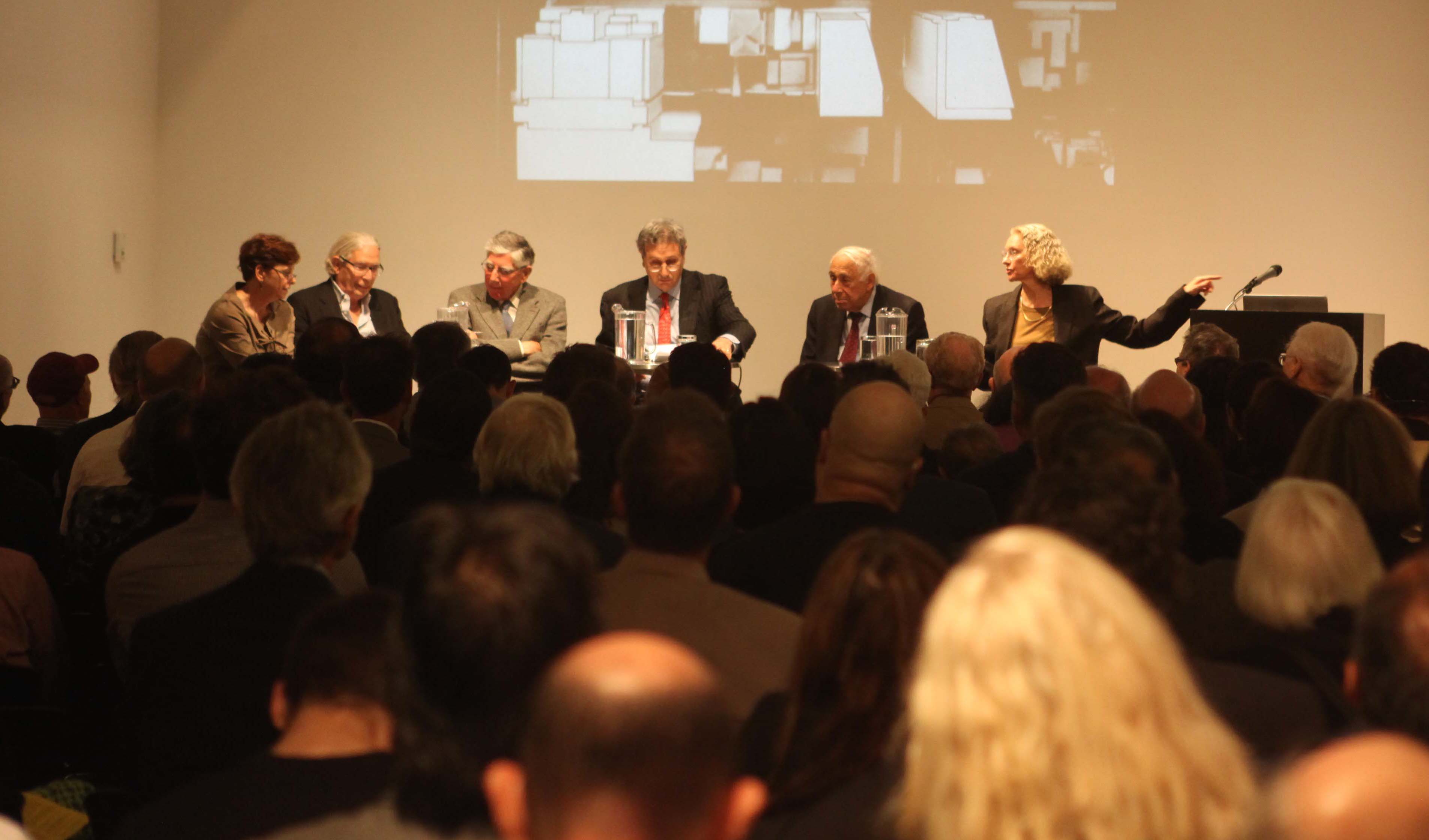
SPEAKERS:

CARL WEISBROD, is the Chairman of the New York City Planning Commission and Director of the New York City Department of City Planning and former president of New York State's 42nd Street Development Project (1987-1990).

HERBERT STURZ, Served under Mayor Koch as Chairman of the New York City Planning Commission and Director of the Department of City Planning from 1980-1986. The subject of the biography A Kind of Genius: Herb Sturz and Society's Toughest Problems by Sam Roberts, he has help to found more than 20 New York non-profits devoted to social issues from criminal justice reform to affordable housing for the homeless.
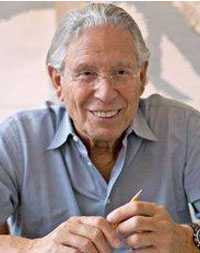
ALEXANDER COOPER, FAIA, one of the world's leading urban designers, is Founding Partner and CEO of Cooper, Robertson & Partners. From 1973-1978, he served in the Lindsay administration as the director of the Urban Design Group In the Department of City Planning; from 1973-1978, he sat on the Planning Commission. In 1979, he established his firm Alexander Cooper Associates and in 1981 was joined by Stan Eckstut to form Cooper Eckstut Associates. In 1980-81 they created the urban design guidelines for the 42nd Street Development Project.
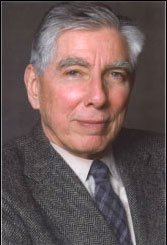
HUGH HARDY, FAIA is another of the world's leading urban designers and preservation architects. From the restorations of the New Victory and New Amsterdam theaters, to the zebra-stripe apartment tower and Theater Row complex and sleek offices of The New 42nd Street, Inc., Hardy has restored and reshaped the both the physical setting and emotional experience of Times Square for a generation.

LYNNE B. SAGALYN, author of Times Square Roulette: Remaking the City Icon, is the Earle W. Kazis and Benjamin Schore Professor of Real Estate and Director of the MBA Real Estate Program at the Columbia University Graduate School of Business.

Introduction & Moderator: CAROL WILLIS, Founding Director, The Skyscraper Museum
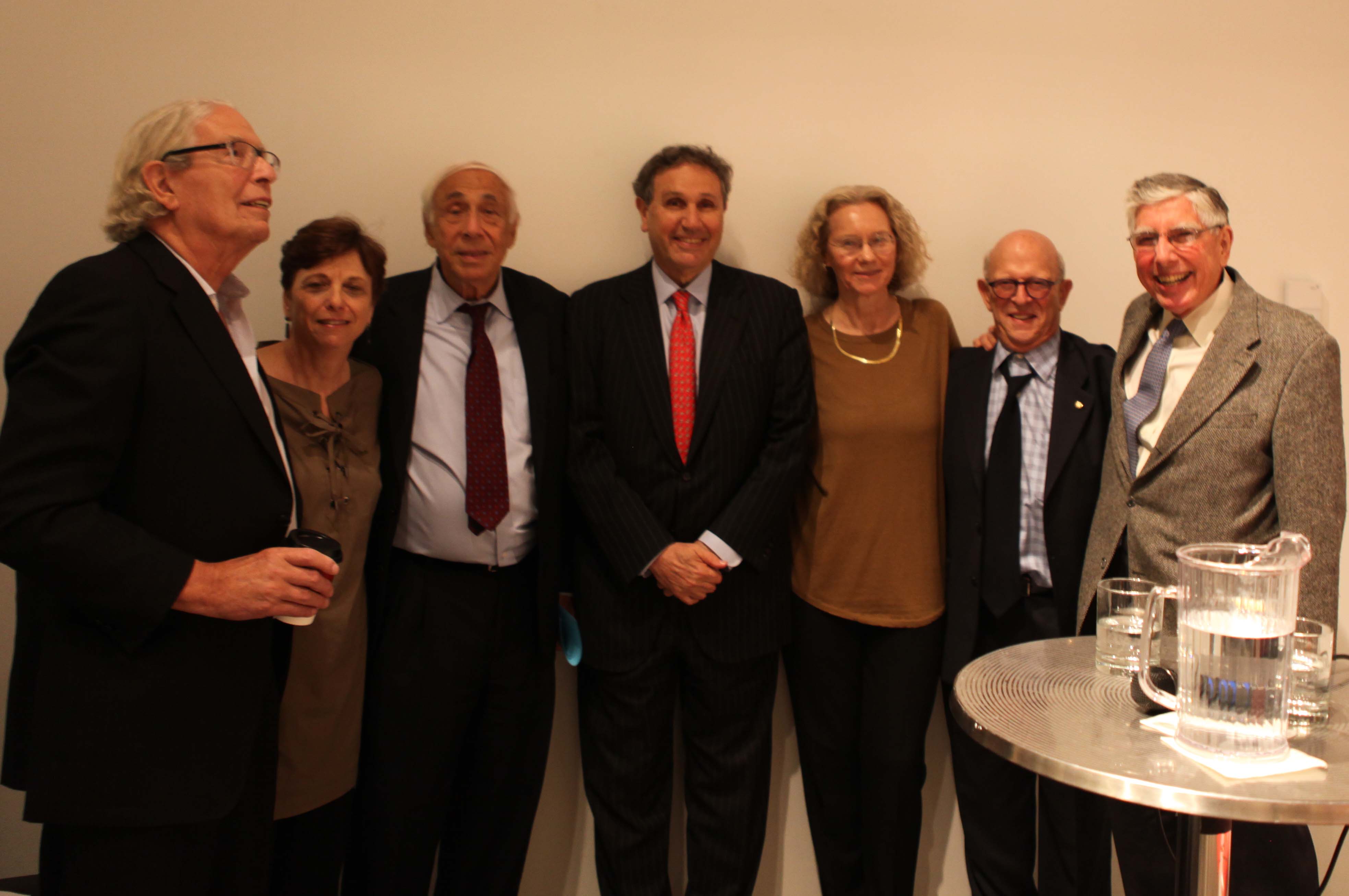
(Top Image credits, left to right: 42nd Street Development Project Design Guidelines, 1981 Cooper-Eckstut Associates. Reproduced with permission from Cooper, Robertson & Partners; "The Big Apple" in Times Square, South Elevation. Courtesy of Frederic Schwartz; Frank Lupo & Daniel Rowen with Karen Maloof; Times Square Tower, 2004. Photo Credit: Holzherr, SOM)

